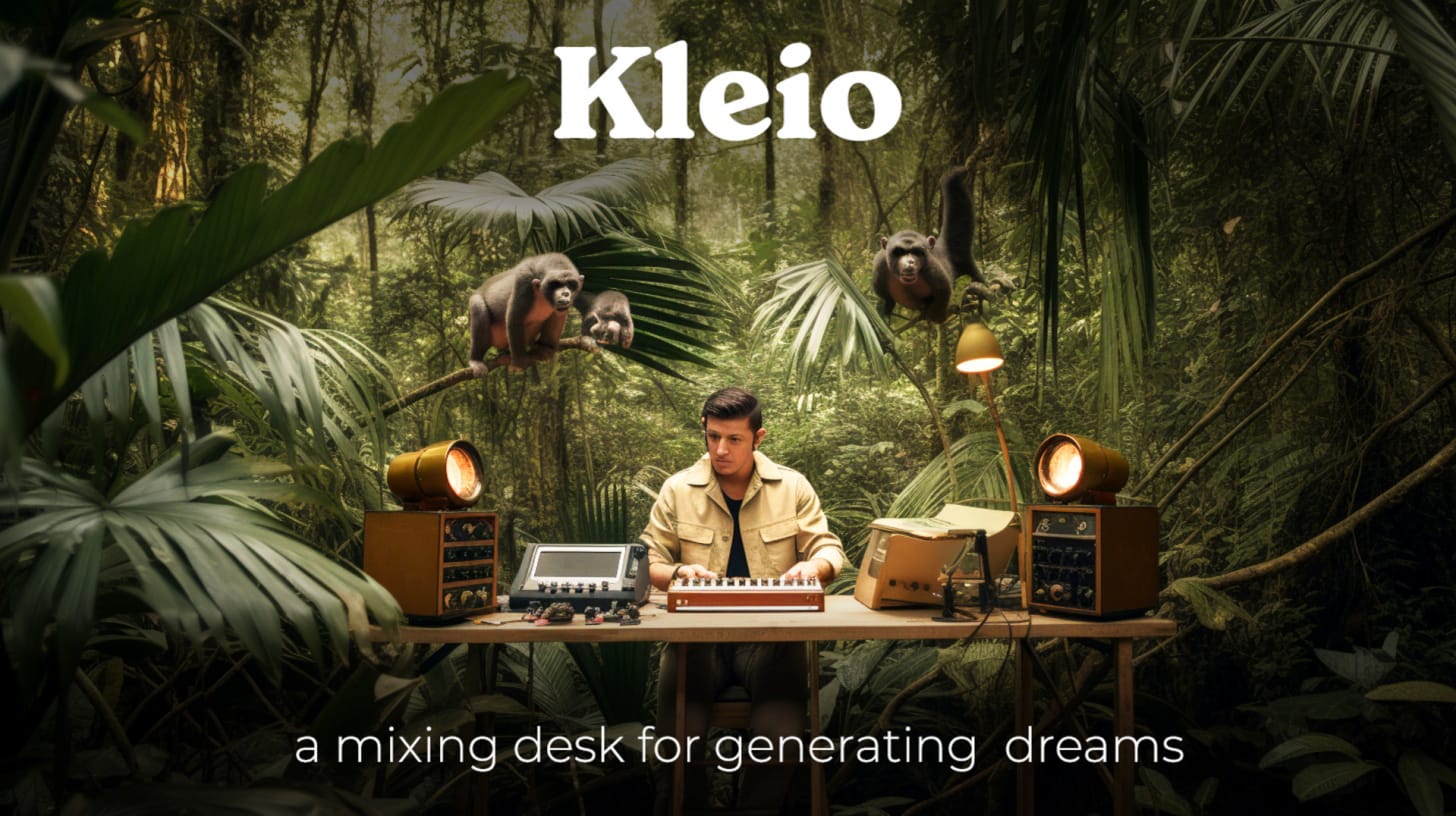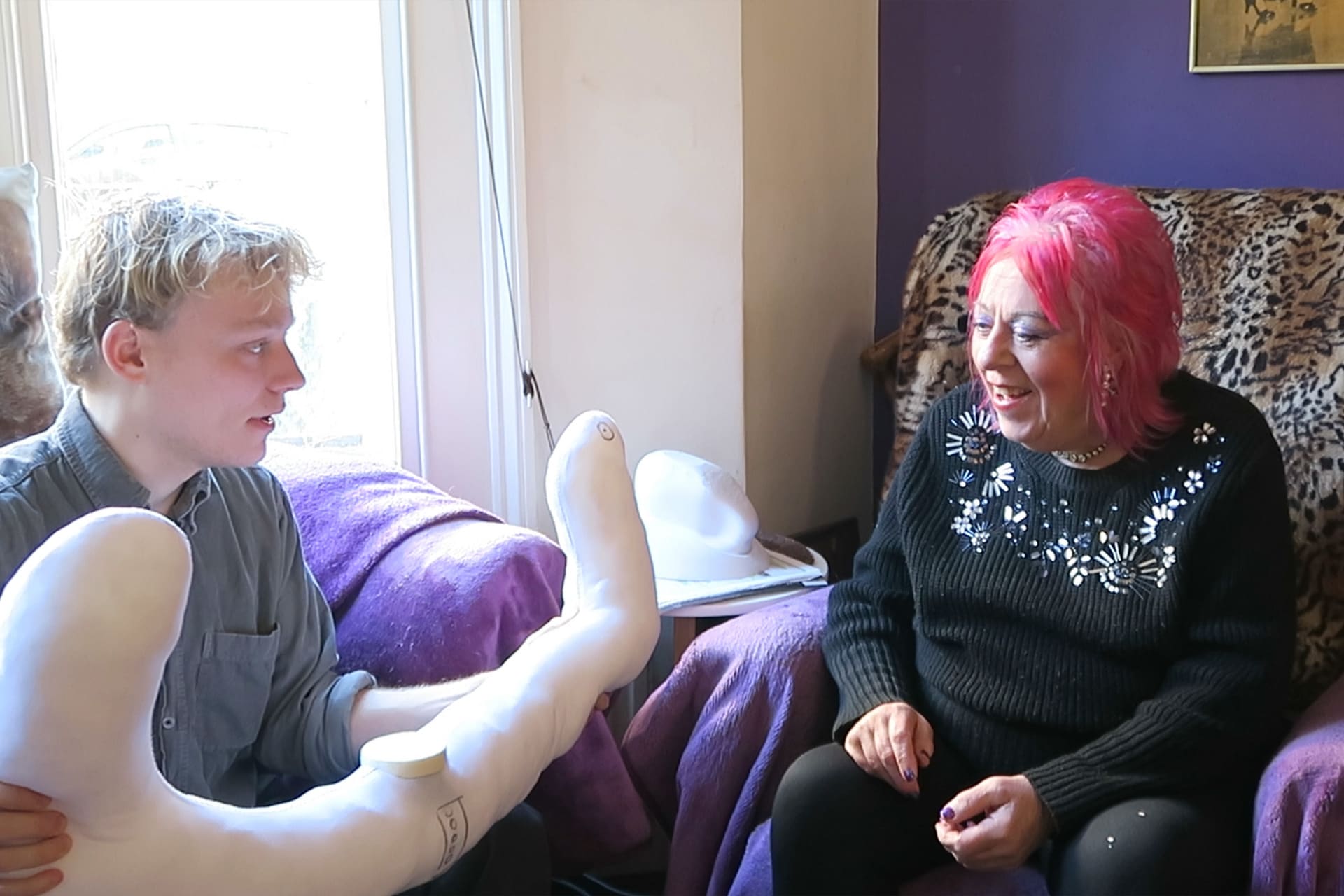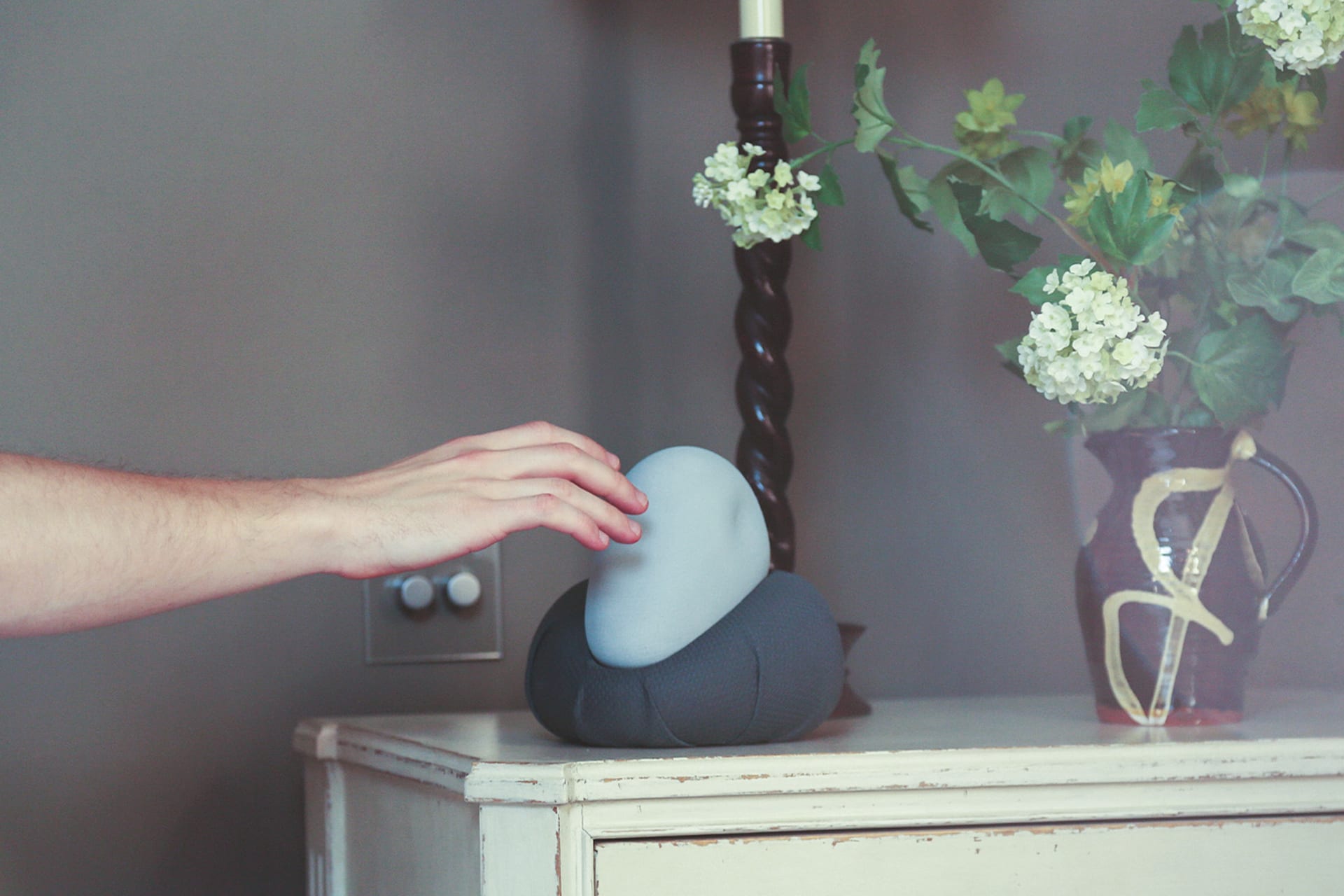Fergus is a creative technologist who thrives when collaborating with diverse teams to create impactful projects.
His work focuses on human interaction with emerging technology, often exploring tangible physical mediums. He is driven to make the leading edge of technology accessible to those that need it most, using design as a tool to translate.
He studied architecture at Cambridge University, where he learnt to design as a craftsman, considering human interaction with the built environment. Since then he has worked on a variety of projects - physical, digital and hybrid, prioritising rapid iterative prototyping within his design process and always seeking real world validation.






